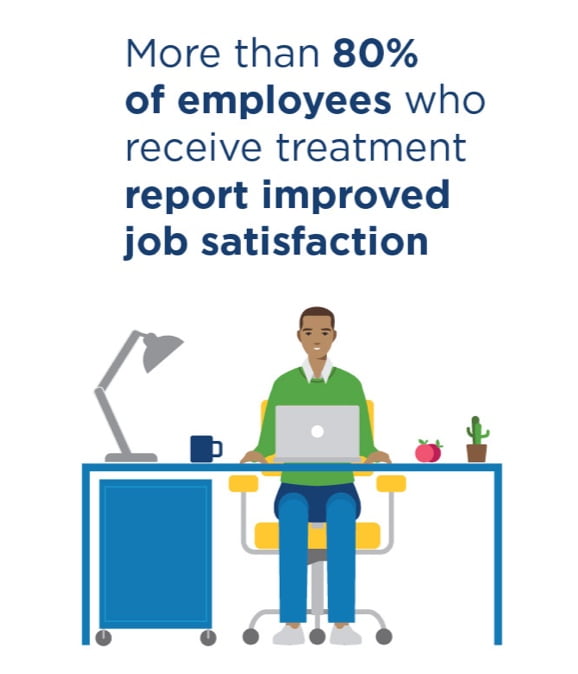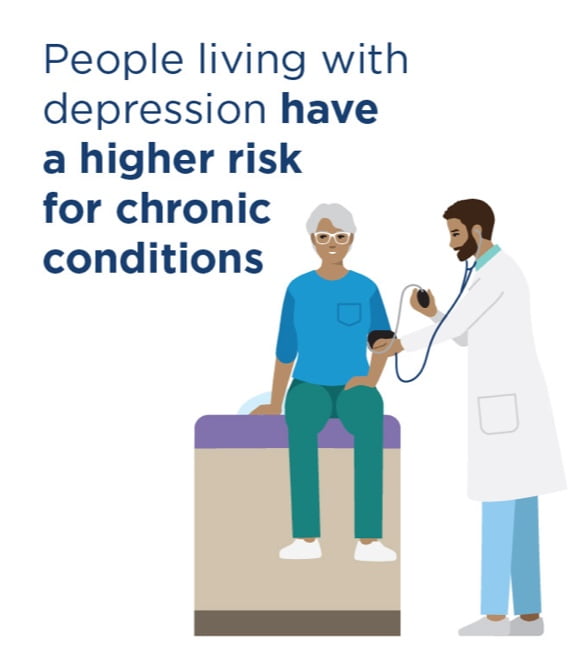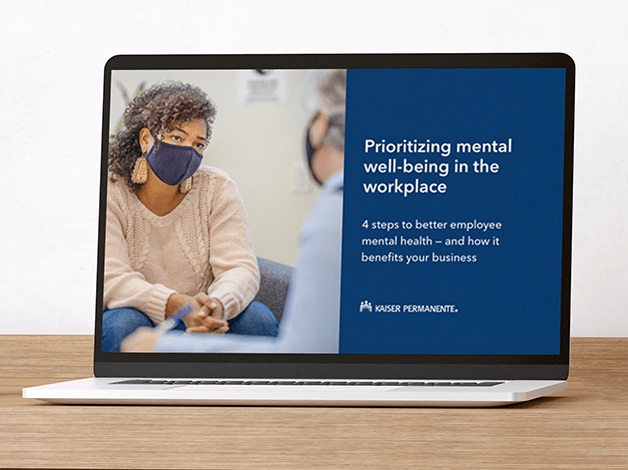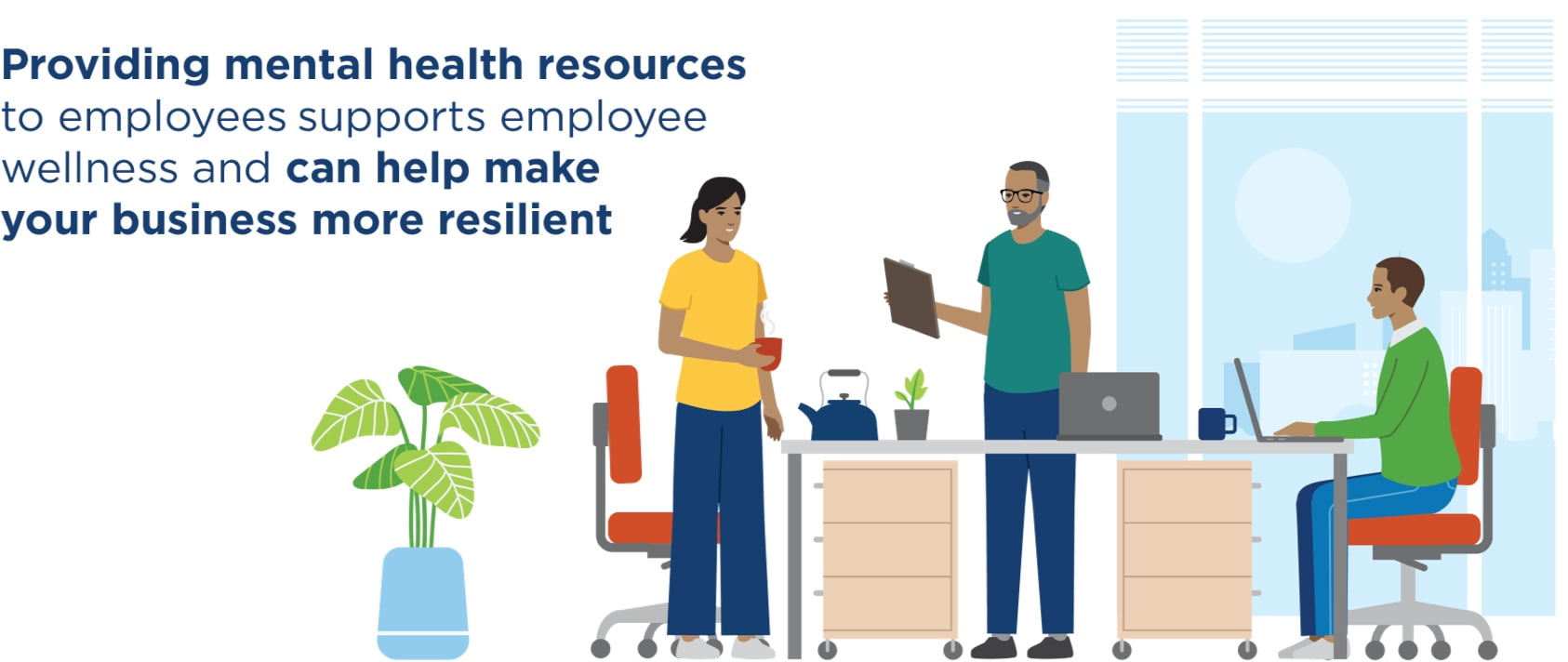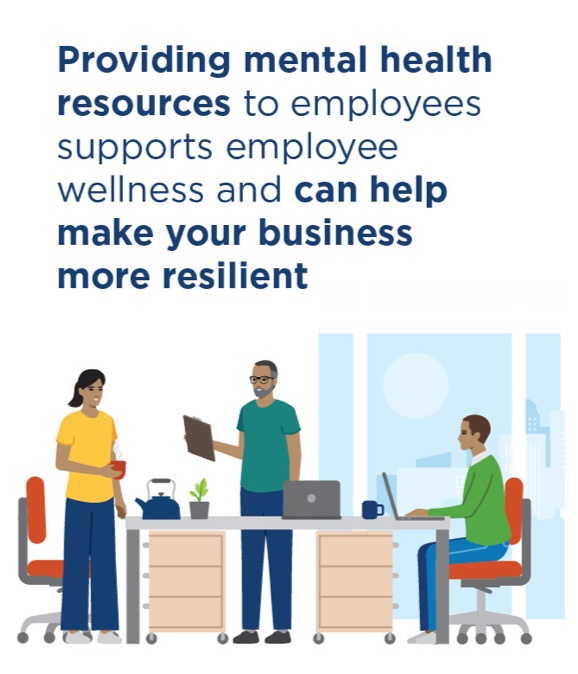This is part of a series on workforce mental health. To learn more about what stigma is and why it’s a problem, read our previous article.
Millions of Americans live with a mental health condition — but most are not getting the treatment they need. One of the reasons is stigma — negative stereotypes about mental illness that persist both in and out of the workplace. In fact, stigma is one of the main reasons why people delay treatment 11 years on average — and many never get help at all.1




